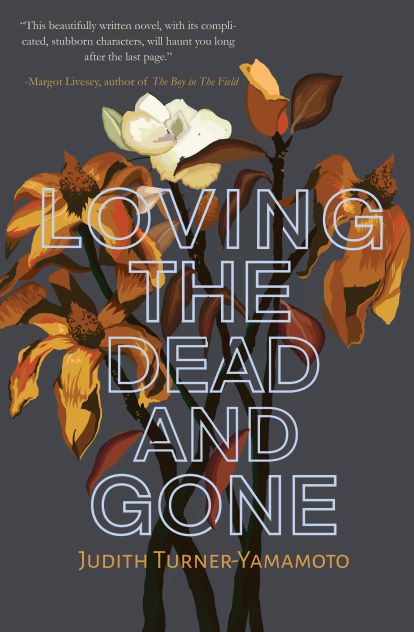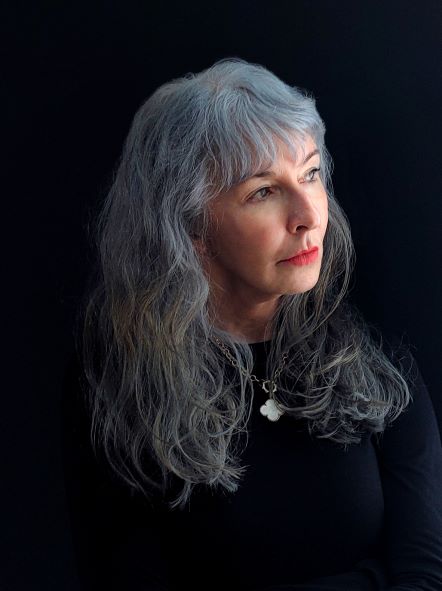Editor’s Note: This exchange is part of a series of brief interviews with emerging writers of recent or forthcoming books. If you enjoyed it, please visit other interviews in the I’ve Got Questions feature.
- What’s the title of your book? Fiction? Nonfiction? Poetry? Who is the publisher and what’s the publication date?
Loving the Dead and Gone, Fiction, Regal House Publishing, 6 September 2022
- In a couple of sentences, what’s the book about?
A freak car crash in rural 1960s North Carolina puts in motion moments of grace that bring redemption to two generations of women and the lives they touch.
- What’s the book’s genre (for fiction and nonfiction) or primary style (for poetry)?
Literary fiction/historical fiction
- What’s the nicest thing anyone has said about the book so far?
I recently connected with a high school classmate who regrettably, I didn’t know at that time as we would have been fast friends. The highest praise I’ve heard is him saying that I have lived my whole life to write this story.
- What book or books is yours comparable to or a cross between? [Is your book like Moby Dick or maybe it’s more like Frankenstein meets Peter Pan?]
Jill McCorkle’s Hieroglyphics. Both explore the generational effects of love and loss and the fragile connections within a family.
- Why this book? Why now?
The story arc of love, loss, grief, and grace is finding emotional resonance with our recent shared pandemic experience of life upended by unexpected events.
- Other than writing this book, what’s the best job you’ve ever had?
I met a famous psychic when I was a young mother and he told me he saw a golden hand with a pen in it, surrounded by press, passports, and suitcases. That is exactly how my parallel career as an art critic and features writer unfolded. I was free to follow my curiosity while working with such publications as The Boston Globe Magazine, Elle, Omni, Interiors, Art & Antiques, The Los Angeles Times, and Travel & Leisure. That work, and over 1000 articles, took me all over the world—this was a time when publications, tourism boards, and museums paid for writer travel– and into conversation with such luminaries as Frank Gehry, Charles Ross, Hella Jongerius, Marcel Wanders, Beaumont Newhall, Annie Leibovitz, Alison Krauss, and Lucinda Williams.
- What do you want readers to take away from the book?
In life’s greatest traumas lurk the seeds of change and redemption. It’s all endings and beginnings.
- What food and/or music do you associate with the book?
I’ll quote a recent poem published in a Mindful Poetry Moments/On Being Anthology: “Green beans and corn fresh from the field, but cooked to a tired sadness. And the watermelon, plunged in the well. Cold, quartered, doused with salt.”
- What book(s) are you reading currently? I’m anxiously awaiting
Pema Chödrön’s How We Live Is How We Die. And how did I first learn about it? Her review appears just below mine in the September/October issue of Foreword Reviews. How absolutely incredible and synchronous is that?
Learn more about Judith on her website.
Follow her on Instagram and Twitter.
Buy the book from the publisher (Regal House Publishing), Barnes & Noble, Amazon, Indiebound (your local independent bookseller), or Bookshop.org.



